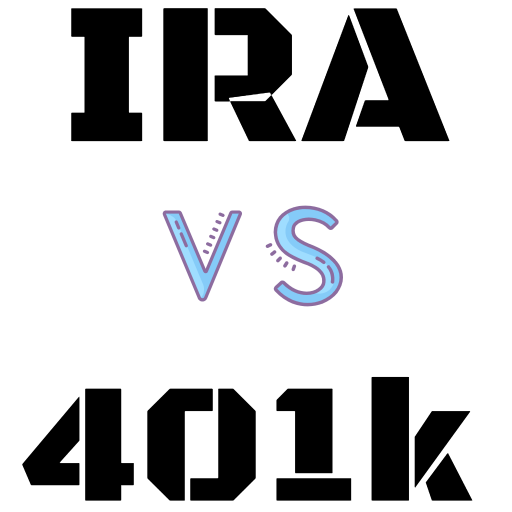
Financial advisor David Donhoff shares the risks and benefits of annuity investments. Sponsored by Leverage Planners.
SEATTLE — Annuities have a bad reputation in the financial world, so it’s important to understand if and how that investment type fits in with your lifestyle and goals.
The origin of annuities dates back to the Roman Empire. They offered families something called a “warrior’s annua” if they allowed their males to go to battle. It was the first known form of social security in the event a soldier died, and is the basis for today’s annuities.
“All an annuity is is a deposit account at an insurance company, and the insurance company then guarantees an income stream either immediately or at some point in the future,” said David Donhoff, a financial advisor with Leverage Planners Wealth Management. “When we look at our three financial families, annuities are available from insurance companies at any three of these formats.
“As you might imagine, right off the bat the one that most people talk negatively about are the red-line annuities, these are also known as variable annuities. Yes, they can make money and they can also lose money. But, more importantly, they’re usually very expensive, anywhere from 2% to 5% every year in charges and expenses. To be avoided, to say the least.”
There are annuity options available in two safer financial families. Blue-line annuities have low rates of growth but are safe and stable. Green-line, also known as indexed annuities, will increase with the stock market and not shrink if the market goes down. You can later ask the insurance companies that hold the annuity to convert the depository account into a guaranteed income stream, also known as a pension.
“With green-line type programs, you actually get a pension payout that continues to increase every time the stock market goes up, but you never get a decrease in the monthly pension when the markets go down,” Donhoff said. “You get the benefit of market growth without the risk of loss when the markets drop.”
Indexed annuities differ from qualified plans like 401ks, IRAs and Roth IRAs. Donhoff explained the differences.
“So 401ks and IRAs are tax-deferred, they kick the taxation down the road. Roth IRAs you pay the taxes right up front, but then the money grows tax-free and spends tax-free down into the future,” he said.
Right now you can convert money from annuities or other accounts into a Roth IRA and get a 25% signing bonus. Bottom line: it’s important for investors to focus on protecting their wealth versus building wealth.
“The vast majority of annuities really should be avoided. A small slice of the world of annuities are actually worthwhile for retirees,” Donhoff said. “I think that’s the high level that we should understand.”
For more information, visit the Leverage website.
Sponsored by Leverage Planners. Segment Producer Suzie Wiley. Watch New Day Northwest 11 AM weekdays on KING 5 and streaming live on KING5.com. Contact New Day.
